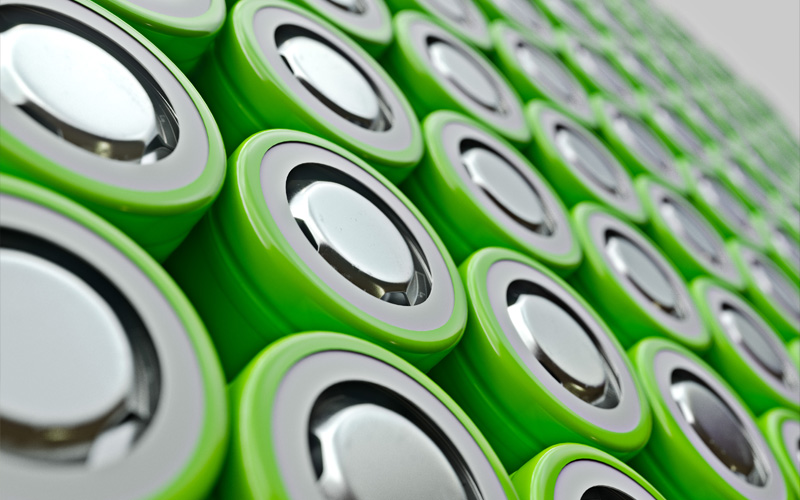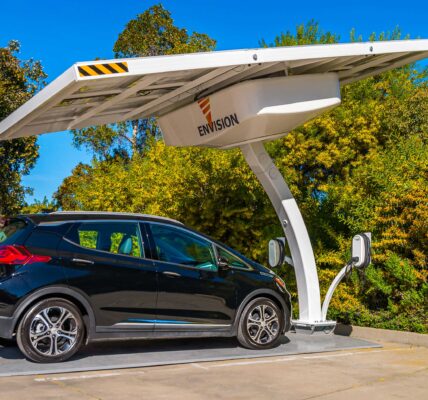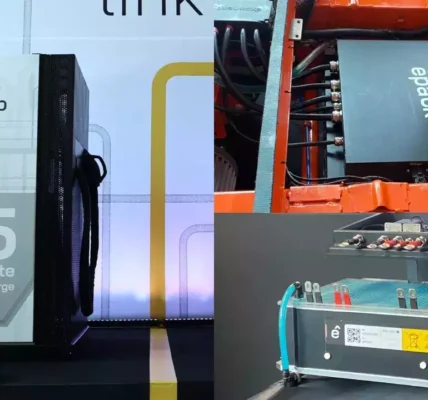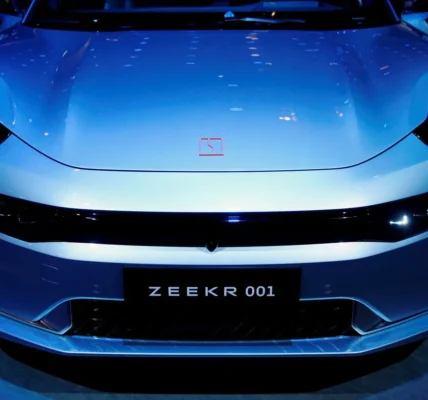More Investment In EV Battery Cell Manufacturing Required To Meet Emissions Targets: IEA
More investment needs to be made in electric vehicle battery manufacturing in order for the world to meet net-zero ambitions, the International Energy Agency said in its latest World Energy Outlook.
The widely anticipated report looked at a variety of scenarios, including a Sustainable Development Scenario, which calculated total transport CO2 emissions declining by 1.1 Gt over the 2019-30 period.
In the net zero emission 2050 scenario “changes to road vehicle fleets and in aviation and maritime shipping mean that emissions fall by an additional 0.7 Gt over this period (there is a further 1.6 Gt CO2 reduction in the transport sector as a result of behavior changes).”
Local supply chains have been pushed to the top of the agendas of government and stakeholders after the pandemic took its toll, and exacerbated the need to “build back better.”
The EV business has been one of the main areas of focus in supply chain management, in the race to lower our global carbon footprint.
“By 2030, over 50% of passenger cars sold in the NZE2050 are electric (compared with 40% in the SDS); in 2019 this figure was around 2.5%. The number of electric passenger cars sold in the NZE2050 rises to 25 million in 2025 and more than 50 million in 2030, compared with 2 million in 2019. There is also rapid growth in other zero emissions vehicles such as fuel cell vehicles,” the IEA said.
In order for any of this uptake to be successful, a “huge step up” in battery cell manufacturing is required, the agency said, alongside “a major increase in the capacity of supply chains to provide critical materials.”
The share of electric cars in European auto sales is set to triple to 10% in 2020 as automakers race to meet increased CO2 targets and avoid hefty fines, and rise further to 15% in 2021, consultancy Transport & Environment said Oct. 12.
Julia Poliscanova, senior director for clean vehicles at T&E, said: “EV sales are booming thanks to EU emissions standards. Next year, one in every seven cars sold in Europe will be a plug-in. EU manufacturers are back in the EV race, but without more ambitious CO2 targets in 2025 and 2030 to spur them on, they’ll run out of steam as soon as 2022.”
The IEA said that in recent years, global battery manufacturing capacity has doubled every three-to-four years. “In the NZE2050, capacity would need to double every two years. Hydrogen production and distribution infrastructure also ramp up substantially in the NZE2050.”
The agency added that there will be a major ramp-up in sales of electric and fuel cell electric vehicles (FCEVs), “and medium- and heavy-duty trucks over the next decade, with sales growing from negligible levels today to nearly 30% of the total by 2030.”
The European Commission has launched the European Raw Materials Alliance to support critical raw materials for metals and industrial use, including the growing battery business, to help the transition to a greener economy.
EIT Raw Materials, a unit of EU body EIT, will manage ERMA and the stakeholder consultation process across the entire raw materials value chain, the group said in a statement last month.
UK new car registrations in September saw battery electric and plug-in hybrid car uptake grow substantially, to account for more than one in 10 registrations, up 184% from September last year, the Society of Motor Manufacturers and Traders said Oct. 5.
“Even with this growth, however, meeting accelerated ambitions for uptake of these vehicles will require government to get behind a truly world-class package of incentives — alongside binding targets on infrastructure to reassure consumers that recharging will be as easy as refilling,” SMMT cautioned.
International research firm YouGov said that “educating consumers about the practical, financial and sustainable advantages of electric cars may help increase adoption — and chip away at the skepticism of drivers who don’t view them as the equal of petrol or diesel vehicles.”







